It Doesn’t End at Death: A critique of the modern-day death industry
Public domain image.
Note: this article may contain information that may be graphic. Read at your own risk.
Yeah, OK, I get it. You read the title to this and you think it’s going to be like your angsty seventh-grade poetry.
“It doesn’t end at death — I’ve been dead inside for years.”
I promise that’s not what this is.
Sit down, grab something to drink and get ready to read your little heart out about something that I’m passionate about — possibly to a fault: the funeral industry.
So to start off, let’s define the funeral industry: it’s any business that has to do with death, except hospitals. This definition subsumes crematoriums, morgues and cemeteries.
When you think of a funeral home, your first thought probably isn’t deception and greed.
It should be.
So let’s start at the beginning with a little background. Before death became an industry, a funeral was something handled by the deceased’s family. Loved ones would wash the body, dress the corpse of their dead beloved and often bury the body on the deceased person’s property.
This wasn’t even seen as a chore — it was seen as a beautiful way to say goodbye to a loved one.
So at some point, this changed (obviously).
See, this change took a while, because preparing a body for burial was seen as so easy that a whole job just didn’t seem necessary. The first funeral homes were opened just as a convenience, and they often did more than just prepare the bodies.
I like to compare it to going out to eat: oftentimes, the food isn’t super complex, and I could make it at home myself. But I really don’t wanna go through all the effort it takes (I mean, who really wants to wash all those dishes?), so I’d rather pay someone to do it for me.
Funeral homes became commonplace by the 19th century, marking the transition to the modern funeral home.
Let’s take a quick little sidetrack to talk about embalming for a hot second. Embalming is the process of draining the body of its fluids and removing its organs, replacing them with preservational chemicals and sawdust, respectively.
Embalming became widespread because so many soldiers were dying in the Civil War and their bodies couldn’t be sent home in time for their families to see them before they decomposed. It preserved the bodies so that the soldiers’ families could see them for one last time.
But now, most funeral homes require embalming prior to a viewing (which most people hold).
See, here’s the thing: our technology has advanced a lot since the Civil War, don’t you think? We have cell phones. And refrigerators.
“So why is embalming still necessary? I mean, most funerals take place just days after a person dies, anyway, right?”
That’s a good question! Yeah, uh, it’s unnecessary. It’s totally unnecessary.
“Uh, if it’s unnecessary, then why are we still doing it?”
Wow, you are on a ROLL with these hypothetical questions that I’m writing for you!
Embalming is still commonplace because it is so lucrative for morgues.
Yep.
That’s it.
Now, don’t get me wrong, I’m not trying to say that embalming is always unnecessary — there are several uses for it. Say you die overseas but you want to be buried close to your home (which is a totally reasonable desire!). Your body can be embalmed in the country where you died, shipped over to your home country in the cargo pit of a passenger airplane and buried at your home.
But most people don’t die under these circumstances. Most people die relatively close to where they intend on being buried. But to take a body to a morgue and only get it cleaned and dressed doesn’t make that funeral home a lot of money. Embalming does.
I don’t know about you, but I totally couldn’t embalm a body. That’s like going in for a surgery — it’s something that I can’t do, and therefore feel more comfortable paying exorbitant amounts to get it done.
That’s how the funeral industry wants you to see it, too.
“But wouldn’t a body decay like, really fast? I think there was a ‘Criminal Minds’ episode where —”
I’m gonna stop you there.
No, bodies don’t decay that fast.
Refrigeration can keep a body preserved for days. As long as your funeral occurs soon after you die (which is what usually happens, anyway), you do NOT need embalming.
But it’s still required by funeral homes.
Now you can do your own research, but it’s pretty hard to find a funeral home that will allow you to have a viewing without embalming a body.Most funeral homes will even make you embalm a body if you’re cremating it.
And, before someone says it, no, embalming doesn’t make bodies “safer” in any way. You can’t really get diseases from a dead body that’s been in safe conditions anyway.
But embalming isn’t just a pain to the families (who now have to pay WAY MORE for their loved one’s funeral), but it’s also damaging to the environment.
“Is this gonna be one of those hippie articles?”
Well, a little. Just bear with me.
So a body is meant to decompose. That’s what happens to animals, and that’s what’s been happening to human bodies for centuries (with the exception of ancient mummies, I guess).
Embalming is meant to prevent this process entirely, and it tends to do its job. Bodies that have been embalmed can stay preserved, at least minimally, for decades.
This means that there are tons of 20-year-old bodies that are under the earth’s surface right now that have yet to decompose.
That’s weird.
But that’s not all that’s hurting the environment! Large iron caskets aren’t biodegradable.
“Well, duh.”
But when hundreds of iron caskets are buried every day, it causes harm to the environment.
“Oh but what, are funeral homes forcing you do buy these, too?”
Not really, this time. But they’re still trying to get you to buy them because, again, it makes them more money when you do.
I think you can begin to notice a common theme for funeral homes.
Often times, funeral homes will prey on people who need the most support and guilt them into giving them more money. They’ll say things like “Well, don’t you think Grandma deserves the best? Wouldn’t she want this?”
Well, of course she deserves the best! But is the best really this solid iron casket? Is that really what she would want — for us to go into debt just to bury this piece of metal that would hurt the environment?
And then, to make matters worse, most cemeteries require that, on top of paying for the lot, you have to pay for them to fill in a large portion of the grave with cement so the plots look “evener.”
I guess those zombie movies where they claw their way out of their graves are more unrealistic that we thought.
So basically, all funeral homes want is your money, and they have no qualms about harming the environment when it comes to their burial practices.
Cool.
“Well, what can I do? Like, I still need to be buried, so…”
Yes, you do. But you can opt for a natural burial.
A natural burial is pretty much what it sounds like — it’s when a body is not embalmed, then it’s buried in a biodegradable casket without cement poured over it.
Essentially, it’s a burial where your body can decompose as bodies have for centuries.
“Yeah, I knew this was going to be a hippie article.”
No! Natural burials are embraced for a lot of reasons!
Some people want a natural burial because it’s better for the environment, sure, but some people just don’t like the idea of someone draining their body and pumping it full of chemicals.
I know the topic of death is sensitive to many people. Most people don’t even want to face their own mortality. I mean, many people don’t even think about drafting a will until they’re well into their 50s.
This cultural taboo that’s allowing the funeral industry to do what it’s doing. By opening the door to discussions about death, we’re also exposing the funeral industry and calling for change.
Change might not occur in my lifetime.
Maybe not even the generation after mine.
But if we talk about it, we’re inspiring change for the future.
I hope for a future where a person has the right to choose how they want to be buried — without searching for a funeral home that requires embalming and a rigid burial process.
So talk about death! Accept that one day you’re going to die, and that that’s just part of living.
Start the conversations, and make sure you and your loved ones know what you want to happen to your body after you die.
Or don’t.
It’s your funeral.



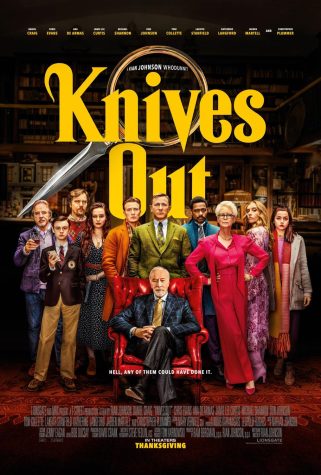
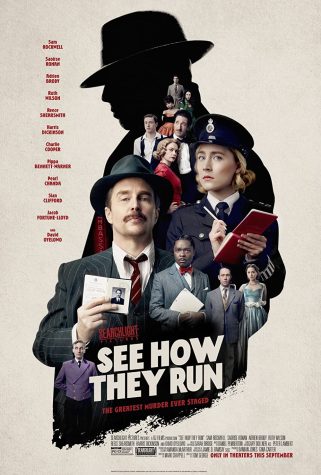
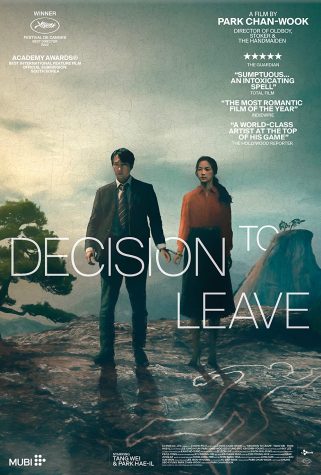

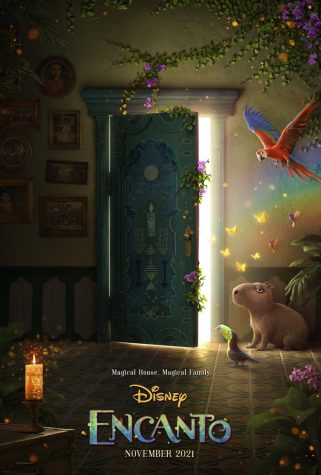

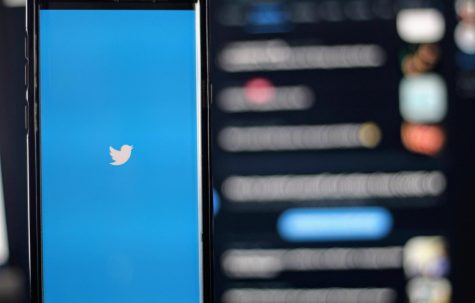

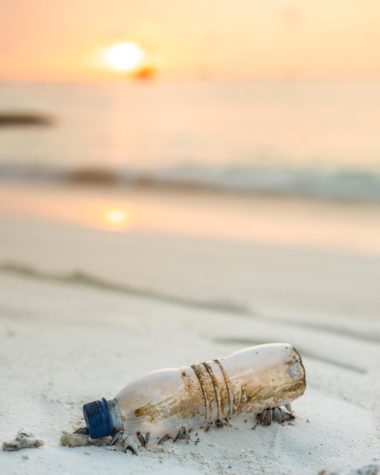
Kelsea • May 30, 2018 at 12:47 pm
LOVED this!
Crystal R. Sung • Apr 9, 2018 at 8:41 pm
This is so good. I’m dead.
Brigid Ambuul • Apr 4, 2018 at 1:57 pm
This is really good humorous writing. I totally can hear you saying these things out loud. Also, uh, AMAZING ENDING! 10/10 quality article, would read again